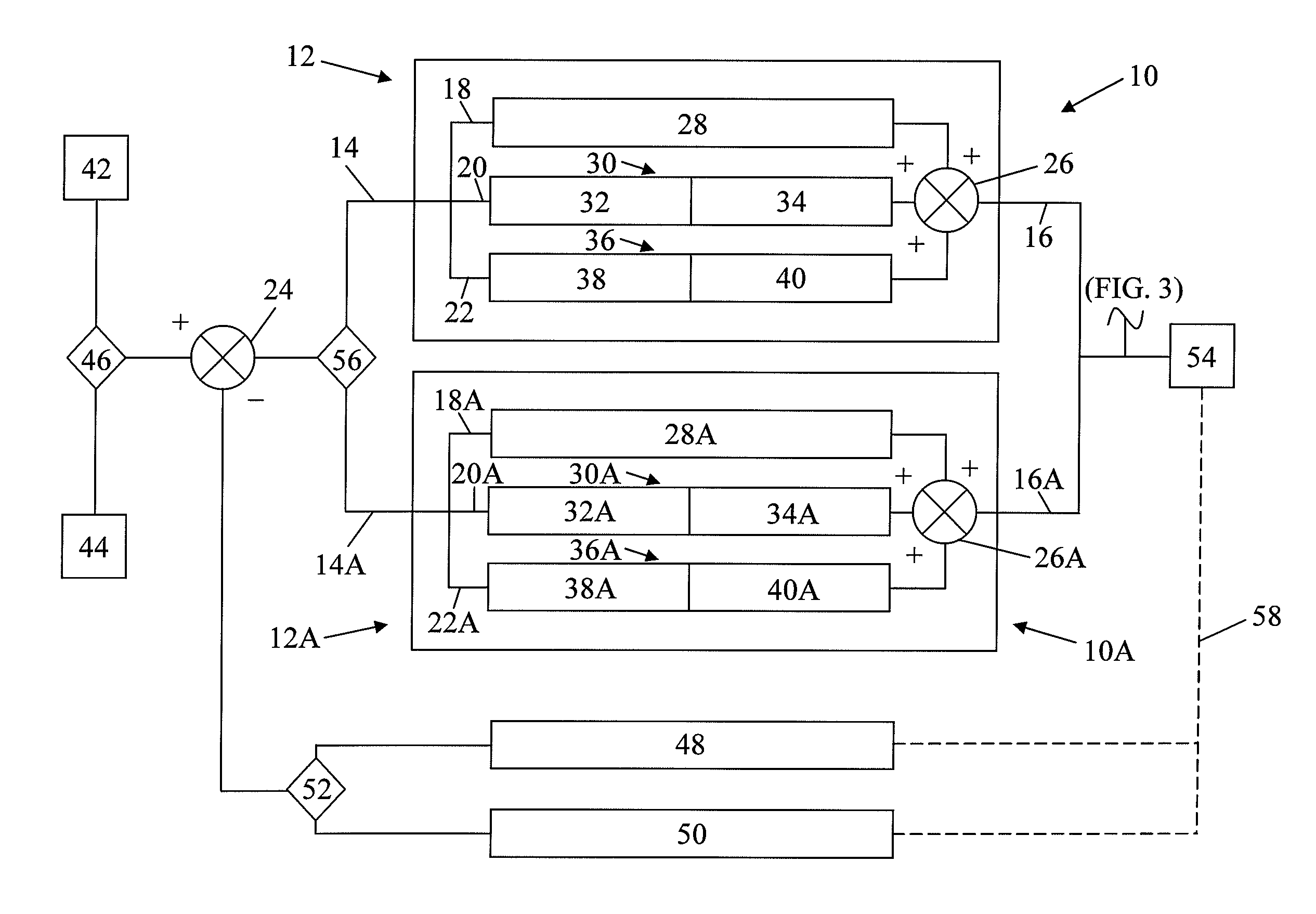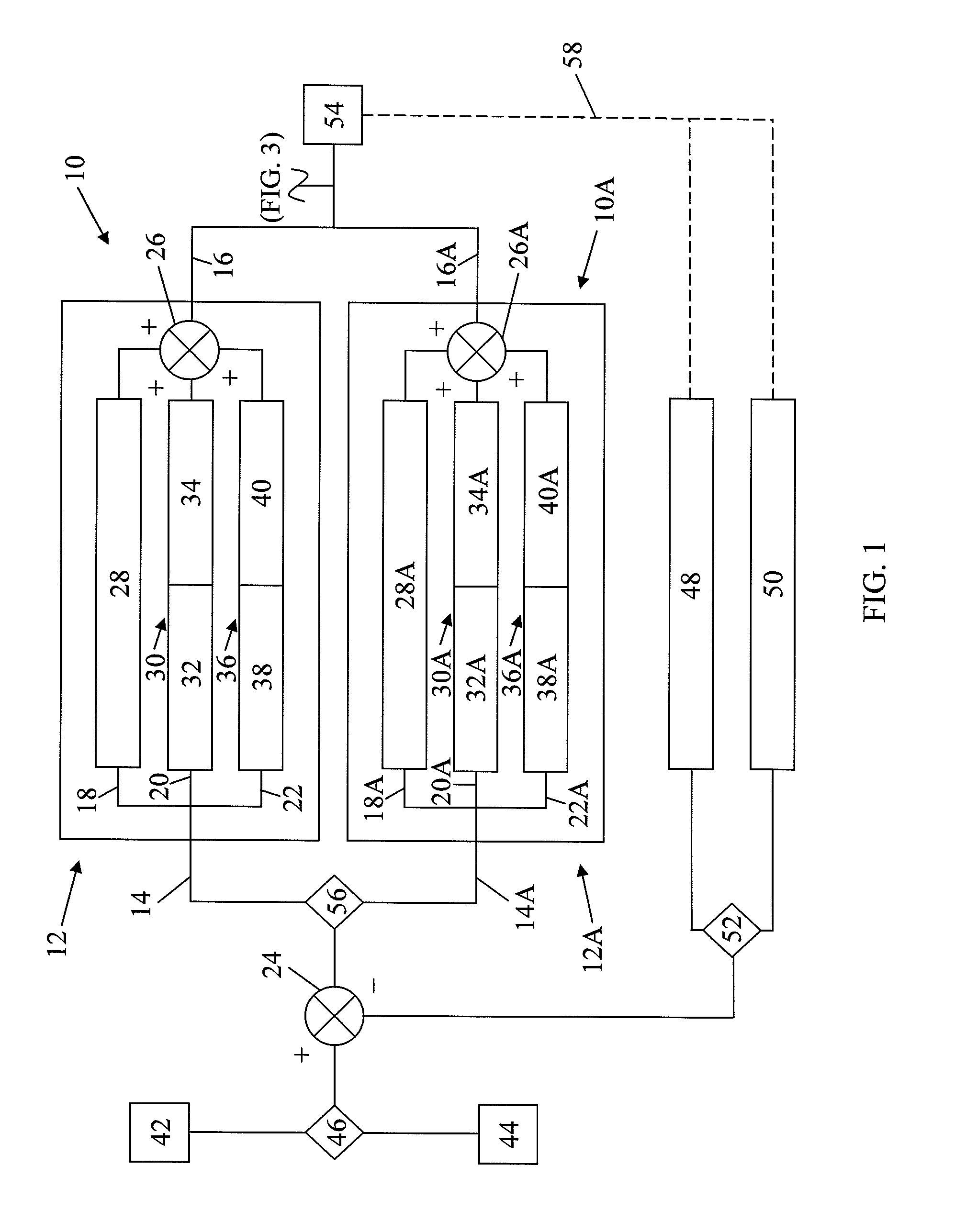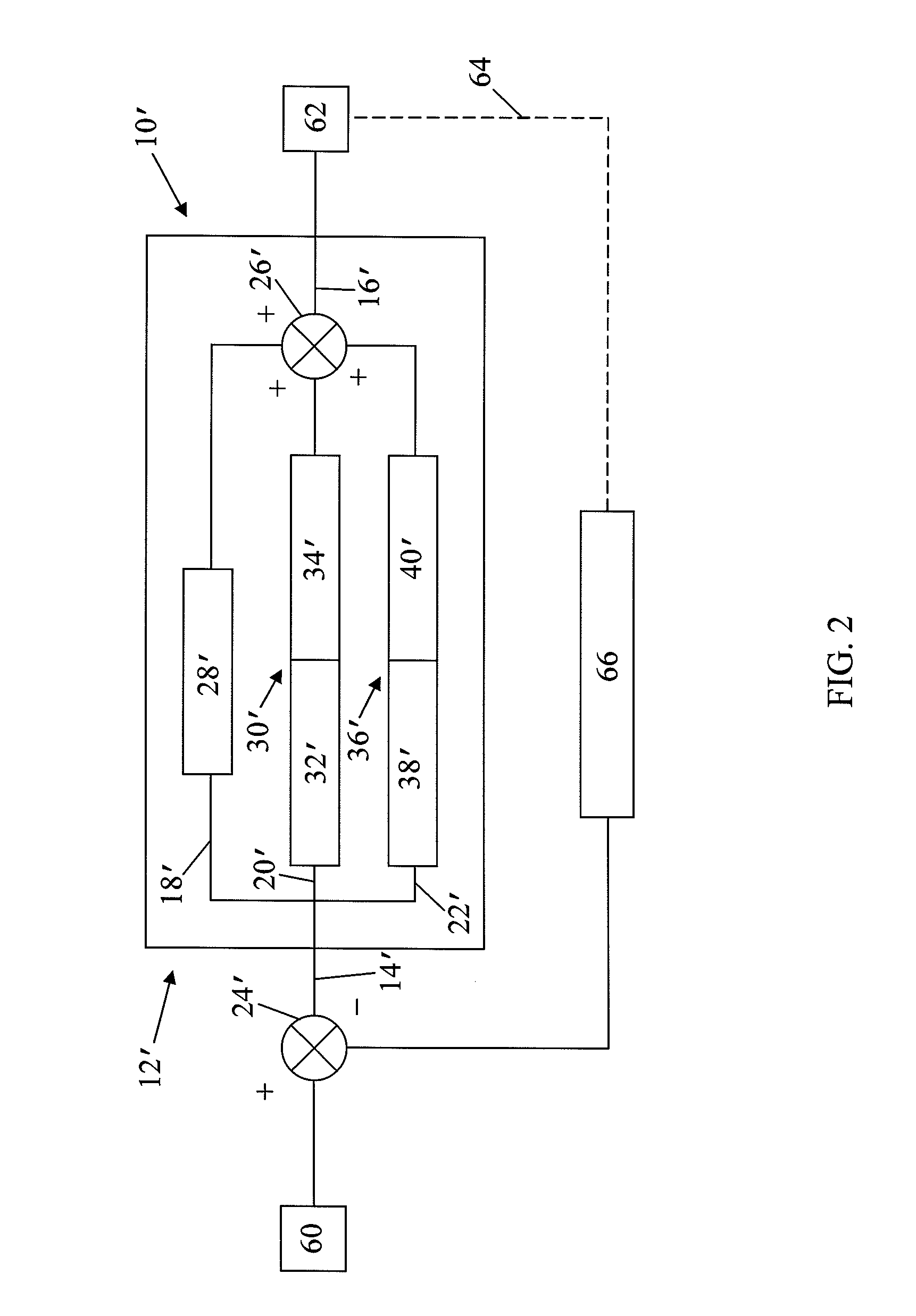Process control methodologies for biofuel appliance
a technology of process control and biofuel, which is applied in the direction of domestic stoves or ranges, ways, instruments, etc., can solve the problems of wasting all practical purposes of heat carried to the outside by exhaust gas, and the dynamic range of known combustion appliances is generally limited, and there is a limit to this approach
- Summary
- Abstract
- Description
- Claims
- Application Information
AI Technical Summary
Benefits of technology
Problems solved by technology
Method used
Image
Examples
Embodiment Construction
[0027]A preferred, non-limiting combustion device and / or a heating appliance is generally depicted in co-pending U.S. patent application Ser. No. 11 / 550,494, filed Oct.18, 2006, entitled “Apparatus for Combustion of Biofuels,” previously incorporated herein by reference in its entirety. The PID control loops for regulating combustion parameters of said device(s), or such device(s) generally, are depicted in FIGS. 1-3, namely, the regulation of fuel feed rate in response to the selection of a target environmental ambient temperature (FIG. 1); the regulation of the convection or recirculation air throughput as a function of a preselect exhaust temperature (FIG. 2); and, the regulation of the combustion air throughput as a function of combustion efficiency, i.e., via a preselect target ratio of exhaust / heat exchanger temperature calibrated to said efficiency (FIG. 3)
[0028]In-as-much as a combination of each of the process control methodologies is especially advantageous and contemplate...
PUM
 Login to View More
Login to View More Abstract
Description
Claims
Application Information
 Login to View More
Login to View More - R&D
- Intellectual Property
- Life Sciences
- Materials
- Tech Scout
- Unparalleled Data Quality
- Higher Quality Content
- 60% Fewer Hallucinations
Browse by: Latest US Patents, China's latest patents, Technical Efficacy Thesaurus, Application Domain, Technology Topic, Popular Technical Reports.
© 2025 PatSnap. All rights reserved.Legal|Privacy policy|Modern Slavery Act Transparency Statement|Sitemap|About US| Contact US: help@patsnap.com



